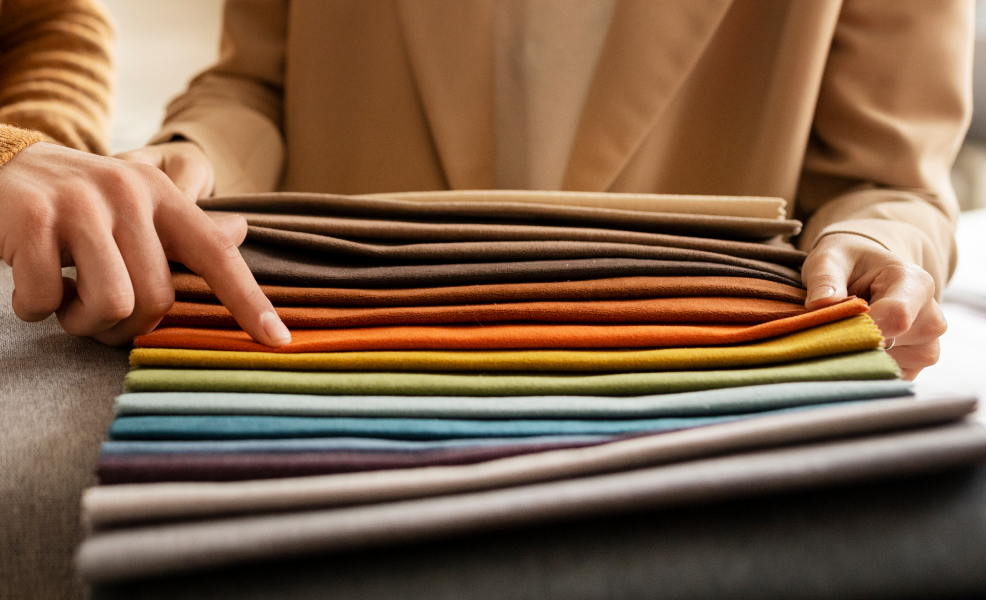Introduction
The textile industry has witnessed remarkable advancements in testing and quality assurance over the years. As consumer demands grow for high-performing and sustainable textiles, manufacturers are under pressure to deliver products that meet rigorous standards. This blog explores the cutting-edge technologies and methodologies revolutionizing textile testing and quality assurance. From specialized equipment for performance testing to innovative methods for eco-friendly evaluations, we will delve into the transformative impact of these advancements on the textile industry. As quality and sustainability become paramount, textile testing plays a crucial role in ensuring that the products we wear and use meet the highest standards.
Evolution of Textile Testing
Modern technologies have significantly advanced textile testing, supplementing and, in some cases, replacing traditional methods. Historically, textile testing focused on evaluating properties like tensile strength, colorfastness, and dimensional stability. Today, advanced instruments, such as spectrophotometers, scanning electron microscopes (SEM), and Fourier-transform infrared spectroscopy (FTIR), offer precise and non-destructive analysis of textile materials. The shift towards eco-friendly practices and sustainable textiles has also led to the development of specialized tests to assess biodegradability, recyclability, and environmental impact.
Performance Testing for Enhanced Functionality
Advancements in textile testing enable manufacturers to assess and improve product performance. Testing methods like abrasion resistance, pilling resistance, and moisture management gauge the durability and comfort of textiles. Testing for UV protection and thermal insulation helps design textiles suitable for outdoor and extreme weather conditions. The advent of smart textiles has also introduced electronic and sensor-based testing, allowing for the evaluation of functionalities like temperature regulation and conductivity.
Sustainability Testing and Certifications
As sustainability gains prominence, textile testing has expanded to evaluate environmental impact and assess adherence to eco-friendly standards. Certifications like the Global Organic Textile Standard (GOTS) and OEKO-TEX® certify that textiles are produced in an environmentally and socially responsible manner, free from harmful substances. Life cycle assessments and eco-labeling provide insights into the overall environmental impact of textiles. Additionally, tests for biodegradability, composability, and recyclability ensure that textiles contribute to circular economy practices.
Nanotechnology and Textile Innovations
Nanotechnology has sparked groundbreaking textile innovations. Nanocoating’s impart water-repellent and stain-resistant properties without compromising breathability. Nanofibers enhance filtration capabilities, leading to applications in medical textiles and air purification. Nanoparticles integrated into fabrics provide anti-microbial properties, reducing the need for chemical treatments. These advancements not only improve performance but also extend the lifespan of textiles, contributing to sustainability goals.
Digitalization in Textile Testing
Digitalization has revolutionized textile testing and quality assurance processes. Digital imaging techniques offer non-contact measurements of textile properties, reducing time and material waste. Computer simulations allow designers to virtually assess textile performance under various conditions, streamlining product development. Digital platforms enable data-driven decision-making, ensuring that quality standards are consistently met across the supply chain. The integration of artificial intelligence (AI) further enhances testing accuracy, analyzing large datasets, and predicting textile performance.
Challenges and Future Directions
Despite the advancements, challenges remain in textile testing. Ensuring standardization and comparability of results across laboratories and regions is essential. Testing for emerging textile technologies, like smart textiles, requires the continuous development of specialized methods. The future of textile testing lies in harnessing emerging technologies like blockchain to enhance transparency in supply chains and verify sustainability claims. Additionally, innovations in biodegradable and smart textiles will necessitate novel testing approaches.
Conclusion
Advancements in textile testing and quality assurance have redefined the industry’s ability to deliver high-performing and sustainable products. From performance testing for enhanced functionality to sustainability assessments for eco-friendly practices, textile testing plays a pivotal role in meeting consumer demands and environmental goals. As technology continues to evolve, the future of textile testing promises increased accuracy, efficiency, and transparency. By embracing these advancements, the textile industry can foster innovation, create greener products, and build a more resilient and responsible future. Through rigorous testing and quality assurance, textiles will continue to shape our lives with enhanced functionality, comfort, and sustainability.

